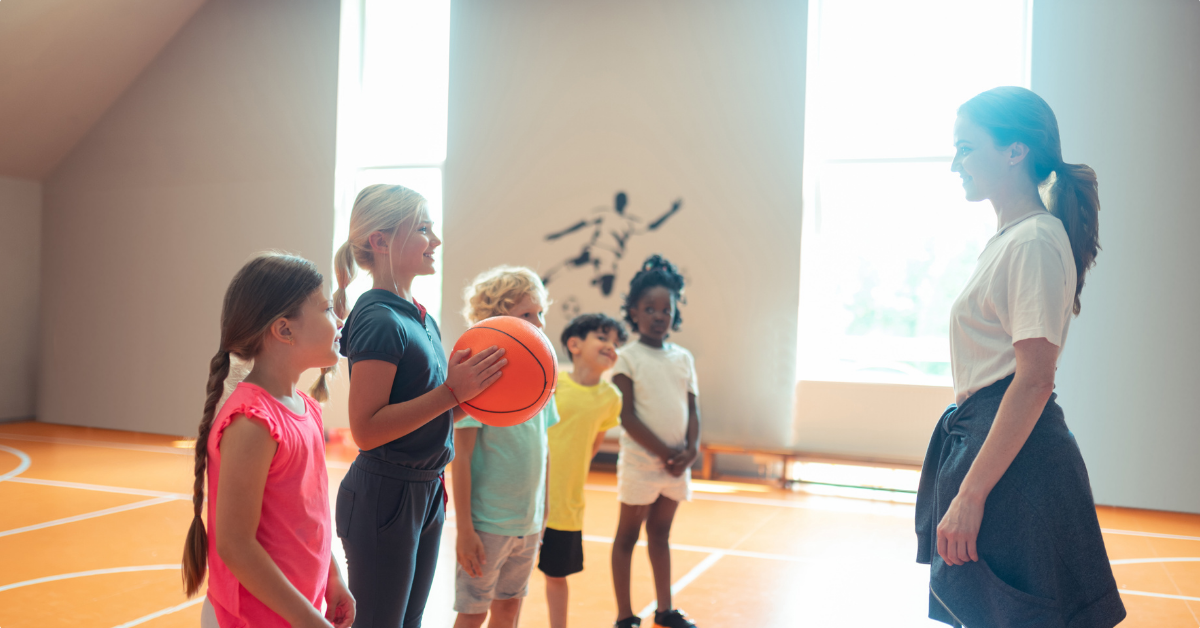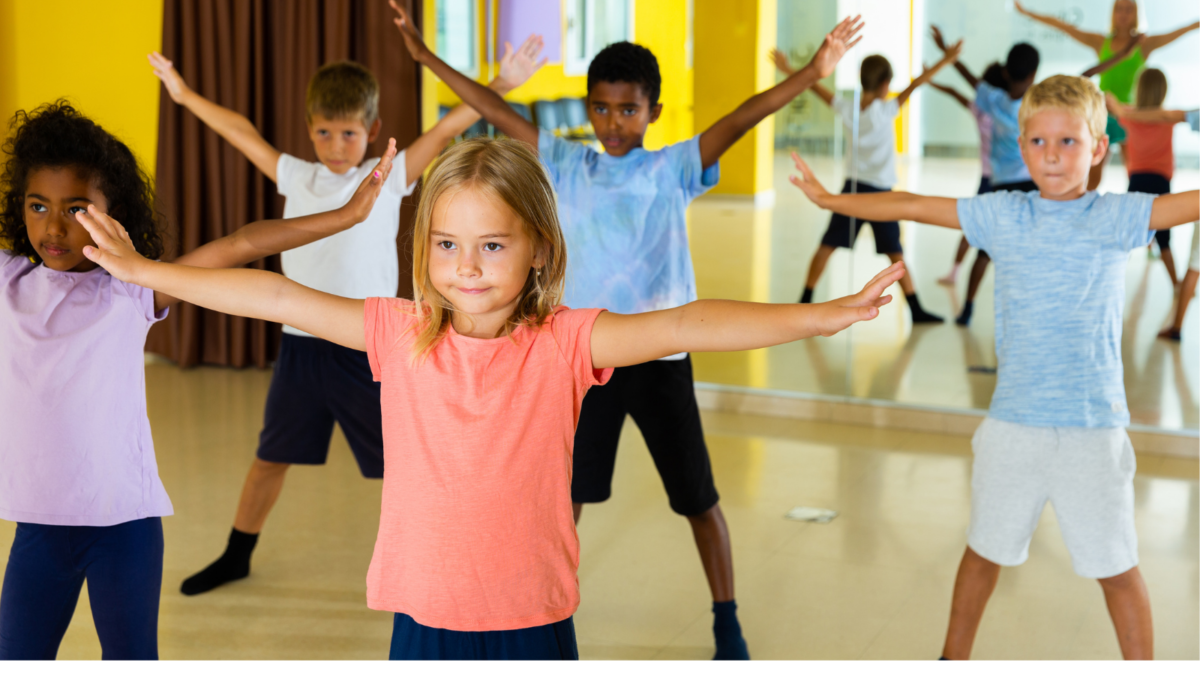There is no one perfect way to teach PE. Your lessons should incorporate different learning styles that help stretch and support pupils. You need to be able to provide challenge and progression at an appropriate level for the individual.
How can you support and challenge all pupils within one PE lesson?
You have a class full of individuals all of whom will be at different stages in skill development and understanding, so how can you ensure there is differentiation in your lesson?
There are many different teaching styles – from ‘command’ to ‘inclusion’ to ‘guided discovery’. In fact, Mosston and Ashworth identified 11 different teaching styles for teaching physical education. Their Spectrum of teaching styles is a flexible framework of approaches to help teachers meet the needs and interests of each pupil. This framework can help you to differentiate how instructions are given and modify the curriculum to meet different educational goals.
The framework forms a continuum based on the degree to which the teacher or pupil assumes responsibility for what is taking place. At one extreme, the teacher is giving all instruction and direction, and at the other end is a pupil-centred approach and the teacher is a facilitator.
There is no single perfect teaching style. To provide a progressive experience, you can incorporate more than one style in each PE lesson. Doing so will mean you can best accommodate diverse learning styles and meet specific learning goals.
The 11 teaching styles for PE
A: Command
This is where you, as the teacher, make all the directions and decisions. Pupils copy and comply with decisions and instructions.
Good for: Copying practice. When time is short and/or safety is paramount
B: Practice
You demonstrate the task/activity. Your pupils practice the task, working at their own pace. You provide feedback to each pupil.
Good for: Repeating and improving performance
C: Reciprocal
Pupils work together in small groups on a skill/activity and provide feedback to each other. You circulate amongst your class giving groups pointers for areas for feedback.
Good for: Performing and peer assessing
D: Self-check
You demonstrate the activity/skill and set the criteria for success. Pupils work individually on the task/activity/skill and reflect on their own performance.
Good for: Self-assessing and evaluation
E: Inclusion
You set a variety of tasks/activities at different levels of difficulty. Pupils select which task or activity is most appropriate for their abilities and/or motivations.
Good for: Making choices, understanding capabilities, challenging oneself
F: Self-guided discovery
Using questions and tasks/activities, you gradually direct your pupils towards a pre-determined learning target or solution to a problem.
Good for: ‘Uncovering’ – questioning, problem solving, developing tactical thinking
G: Convergent discovery
You set a challenge or problem and your pupils try to find the best solution.
Good for: Finding out, discovery
H: Divergent discovery
You set a challenge that has multiple possible solutions and when the problem is solved, another problem arises that needs to be solved.
Good for: teaching tactics, creativity
I: Learner designed
As pupils develop their knowledge and understanding, you set an area of focus and pupils set their own challenges and try to find solutions, working with you.
Good for: Independent thinking and learning, initiating
J: Learner initiated
Your pupils decide what to focus on and what challenges to solve. They can ask questions of you and draw on your support as needed.
Good for: Decision making
K: Self-teach
Pupils take full responsibility for their own learning and the learning process.
Good for: Self-development, self-determination
Further information
Mosston & Ashworth – Teaching Physical Education



